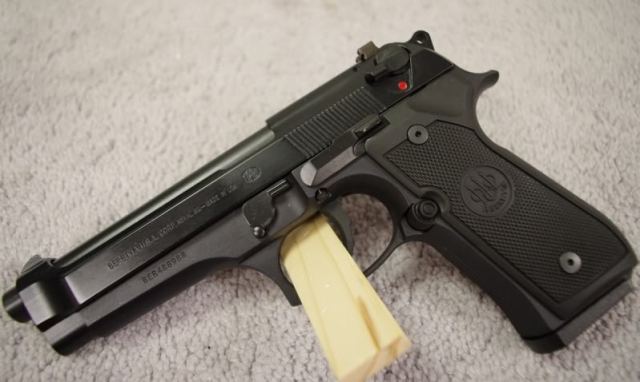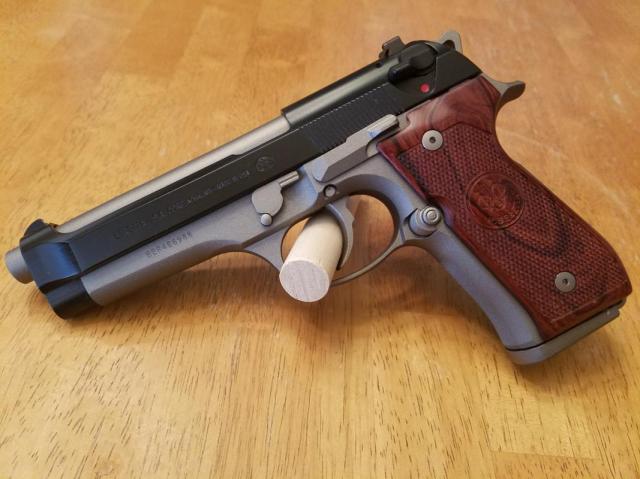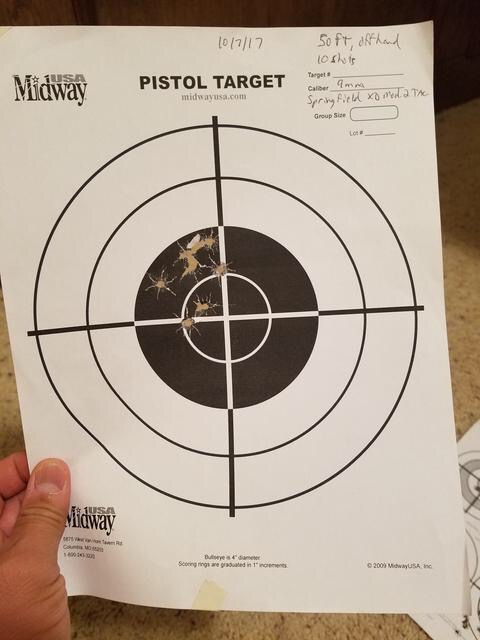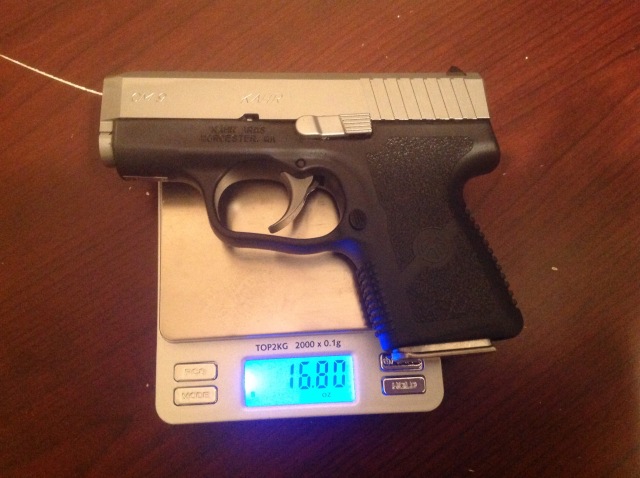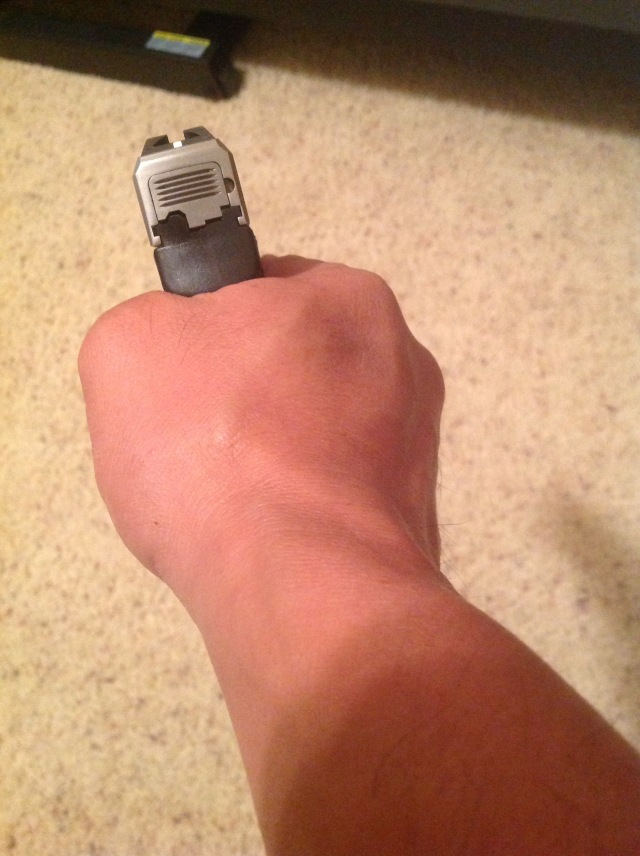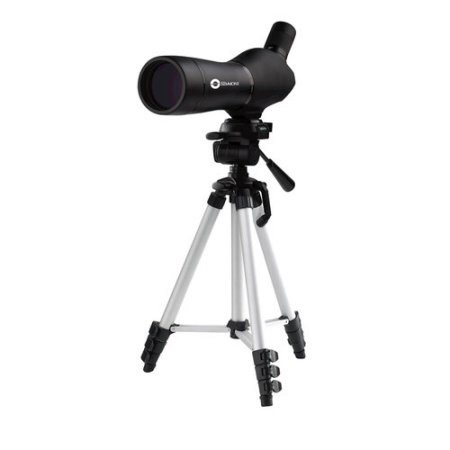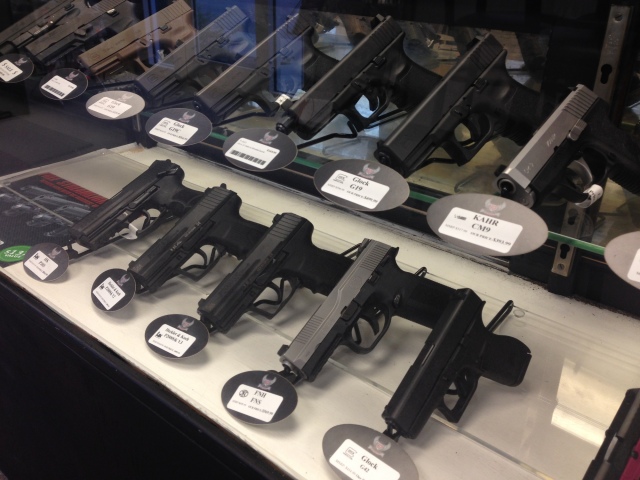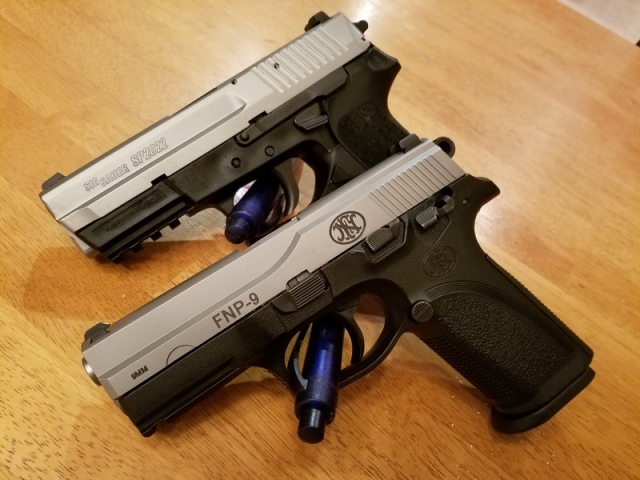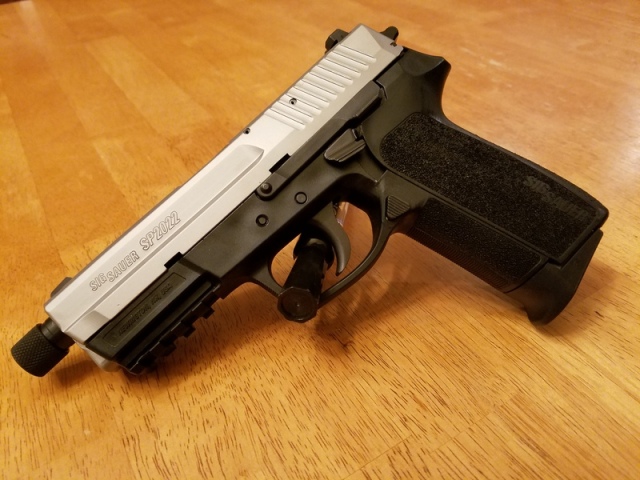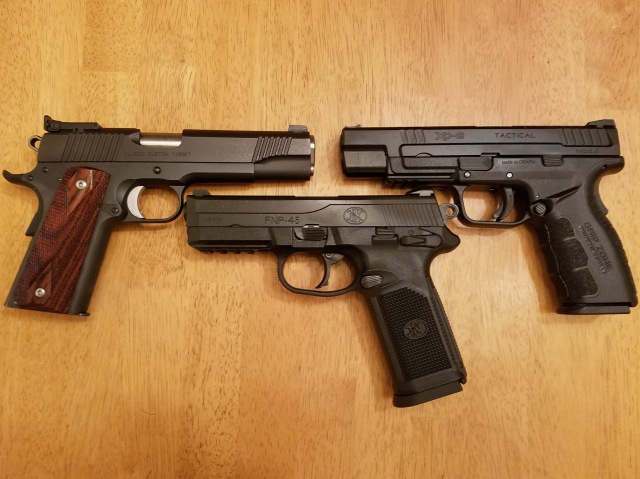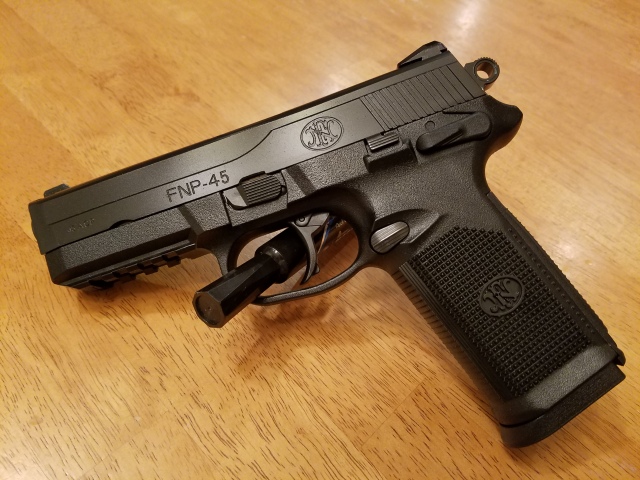1911s are a curious thing. As a design over 100 years old, they should be obsolete relics fit only for museum cases and antique shops. Think of most machines or advanced technologies from this timeframe… many are no longer in use. However, in the case of the 1911, one could easily argue they are more popular, in wider civilian use, and more prevalent in terms of manufacturers than any other time since their creation. The 1911 was the longest standing issue sidearm in American military history, spanning a timeframe over 70 years that saw two World Wars, wars in Korea and Vietnam, and several other smaller but equally notable military actions. Some could even argue the fact that since they are still in use with some units this timeframe continues to run. While correct, the 1911 ceased being the standard issue sidearm in the 1980’s when the Beretta 92 was adopted.
I enjoy 1911s for many reasons covered in a post a couple years ago, but in summary their balance, grip, trigger, and ability for customization and accuracy make them my favorite design. I’ve owned a number of these pistols over the years, and have found that in the 1911 world you get, in most cases, what you pay for. I do not make that comment to disparage less expensive variations of this design, but there is fact in stating a buyer can definitely purchase “more gun” and higher quality as they move up the price scale (to a certain point where, in my opinion, the law of decreasing returns comes into play). Anyway, I had a chance to take out two of my 1911s this past weekend, both of which are great examples of “middle/upper tier” handguns.
First off, the Dan Wesson Specialist is a pistol I’ve owned for less than a couple years. It’s a great handgun, and Dan Wesson makes some of the best 1911s you can buy short of going to a full custom manufacturer. Their is a group Dan Wesson owners online that refer to themselves as being part of the “Church of the Enlightened Pistolero”, and for good reason. Dan Wessons are manufactured and fit to very tight tolerances, and their parts are made from genuine tool steel for durability and longevity. QC on these is exceptional, and the folks at Dan Wesson have a reputation in the 1911 community for providing great service. Some of their employees are regularly active on the 1911 forums online, answering questions and responding to customer inquiries for all to see. This specific Dan Wesson of mine is factory stock with the exception of grips and a Greider short/solid trigger.
Second up is my latest 1911, a Les Baer Premier II. I’ve thought about a Baer for a number of years, but never purchased one for many reasons (price being one). I sold a few pistols this year though, specifically to fund this purchase. Les Baer builds his pistols with a small staff out of his operation in the Quad Cities area of Iowa, and is known for making incredibly tight pistols that deliver amazing accuracy downrange. In fact, many people have problems racking a Les Baer slide due to how tight the barrel is fit to the slide and the slide stop pin. Bushings on Les Baers tend to require a bushing wrench as well. Anyway, in my search for a Baer I found someone who lives within 45 minutes of me selling this one. He purchased it as part of a “lot” of firearms from an auction house and had no use for it, and was selling it without putting a round through it himself. The previous owner was a company President who had likely hundreds if not a thousand firearms in his collection. The gentleman passed away and his family contracted with an auction house to dispose of the firearms. From the looks of it, that individual had never fired this pistol either. After a call to Les Baer’s office, I found out his specific handgun was made in 1997. So, it had basically been sitting in gun safes for the past 20 years, waiting for someone to put it to use. On a side note, I did make a couple small changes to this pistol prior to taking it to the range. This included fitting a Greider short/solid trigger and replacing the factory main spring housing with an Ed Brown checkered magwell unit. Before critics deride me for messing with perfection, I fit Greider short triggers to every 1911 I own and the Ed Brown magwell is a very high quality part. Of course, I kept the factory parts so the gun can be restored to its original configuration very easily.
Once I got to the range, I was able to run a mix of Winchester White Box 230gr FMJ and some 200gr semi-wadcutter handloads through both pistols. The Les Baer never failed to load or feed either. The Dan Wesson performed well, although it did hiccup a couple of times on the semi-wadcutters. Not all 1911s feed this bullet shape well, and the fact that it jammed a couple times on these shouldn’t be interpreted as a deficiency in the Specialist. In terms of downrange performance, the targets below show what I did with both of these from 10 yards and 50 feet (all shooting was conducted freestanding without any support). I’m not the best shot in the world, but get along okay and both pistols demonstrated very similar results when measuring group size. However, in subjectively looking at shot dispersion, the Les Baer seems to cluster shots better than the Specialist. While not a scientific conclusion, I believe the Baer is a more inherently accurate pistol and the group size has more to do with my abilities as a shooter than the mechanical capability of the handgun. But, keep in mind the Specialist is a fine weapon as well and is capable of much better performance than the average person, myself included, can deliver. Anyway, here’s the targets. In the images showing two targets, the Les Baer is on the left and the Dan Wesson is on the right; the final target is just 10 shots from 50 feet with the Les Baer.
Both pistols, from 10 yards.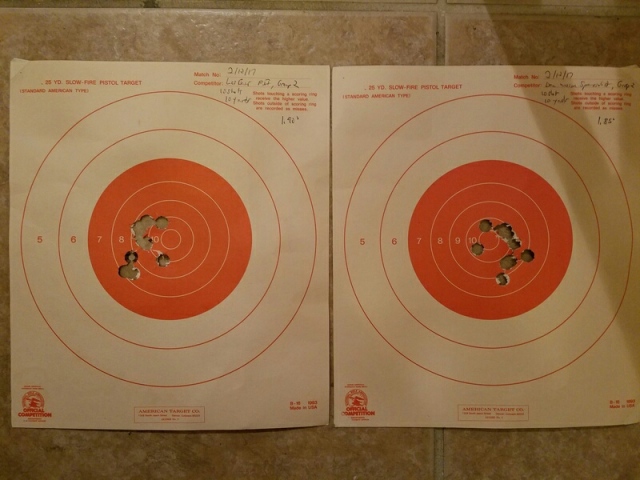
Again, both from 10 yards.
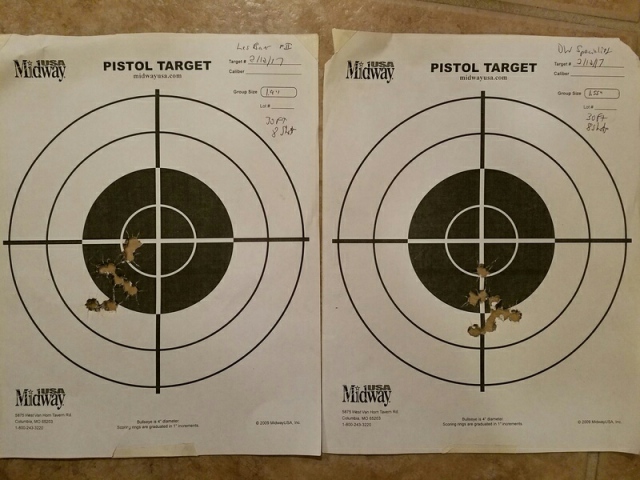
Both pistols, from 50 feet.
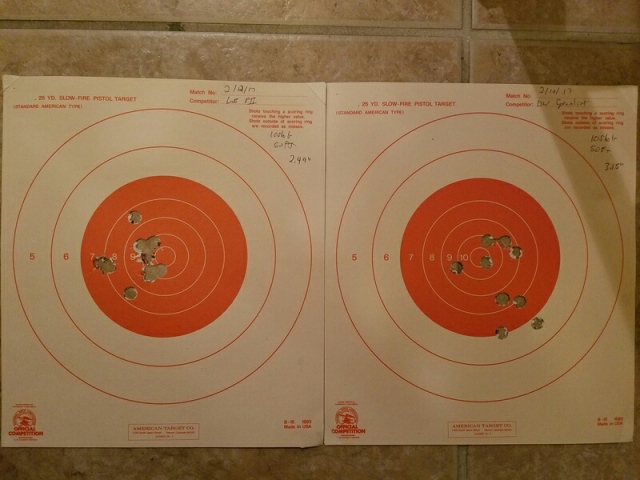
Just the Les Baer from 50 feet.
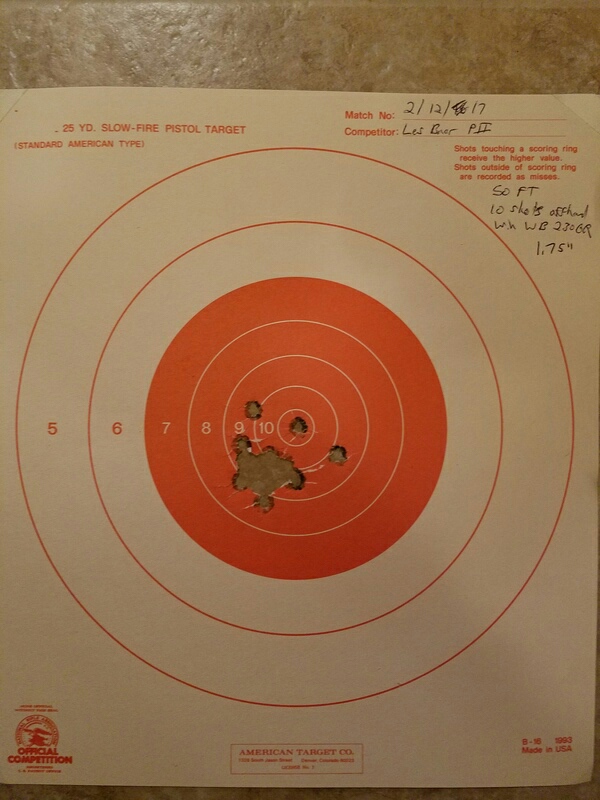
I’m extremely happy with both of these pistols, and either one would make a fine choice for virtually anyone. Both are top quality in terms of fitting and parts. Subjectively, the Les Baer feels “tighter” when shooting. It’s a hard thing to quantify but it speaks to the level of fitting with the Baer. But, again, don’t think for one second that the Dan Wesson isn’t a top quality 1911 because it is for a fact.
There you have it. Two 1911s, both great pistols in their own right and both equally capable of providing a life long of shooting enjoyment.
